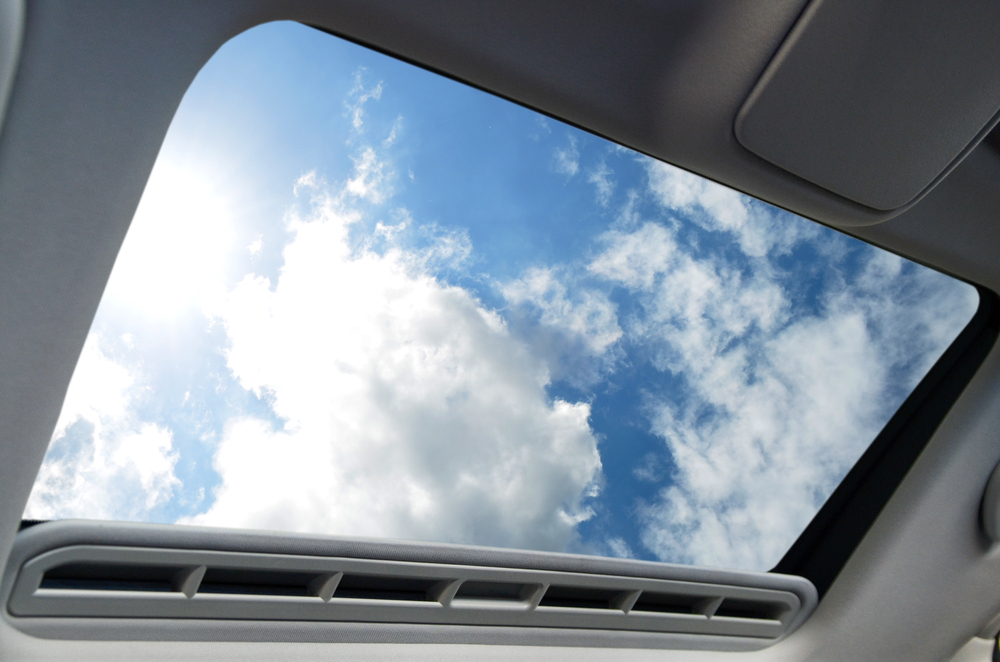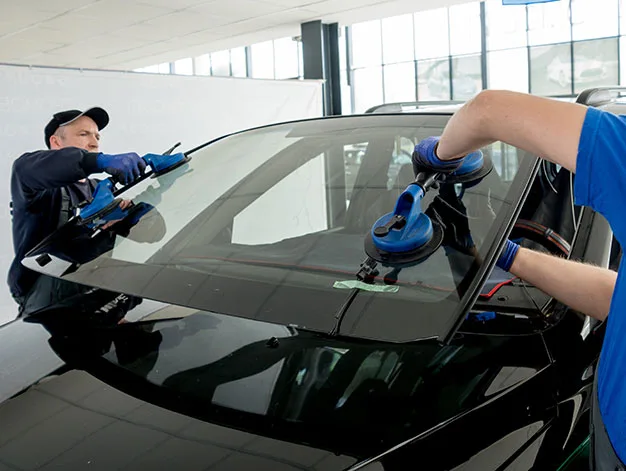The Evolution of the Sunroof and Moonroof in Modern Vehicles
Sunroofs went from novelty to high-tech. They evolved to be:
- Bigger: Panoramic views are now possible
- Automated: Open/close with a button. Some even sense rain
- Safer: Stronger glass, UV protection
- Sleek: New designs barely affect how your car drives
The future? Sunroofs that power your car or change the tint on command!
Sunroofs and moonroofs have evolved from simple panels to sophisticated automated systems. They offer luxury, comfort, and functionality in modern vehicles. They differ in design. Sunroofs are solid and can open. Moonroofs are glass panels, often tinted. The innovations come in panoramic and retractable variants. They improve safety, comfort, and vehicle dynamics. They do this with lightweight, aerodynamic designs. Future advancements promise smart features and sustainability.

A Journey Through Time: The Origins and Development
The concept of the sunroof can be traced back to the early 20th century when it was merely a small, hinged panel. Initially, these were manual systems, requiring physical effort to open and close. The sunroof changed a lot over time. It went from a luxury feature in high-end models to a widely available option in many types of cars.
Technological Advancements: From Manual to Automated Systems
The leap from manual to automated sunroofs was a big milestone in this evolution. Electric motors and fancy controls transformed the user experience. They offered convenience and ease of use. Modern sunroofs can now open or close with a button. Some even respond to gestures or voices.
From Sunroofs to Moonroofs: Understanding the Difference
While often used interchangeably, sunroofs and moonroofs have distinct characteristics. A sunroof is usually a solid panel. It can tilt open or slide over the car's roof. This lets light and air into the cabin. In contrast, a moonroof usually refers to a glass panel, often tinted, which may or may not open. This glass feature adds luxury. It offers panoramic views and keeps the vehicle strong.
Innovations in Design: Panoramic and Retractable Variants
The evolution has not stopped at functionality. Design innovations have led to the introduction of panoramic sunroofs and moonroofs extending from the front to the rear of the vehicle. These large glass panels create a new feeling of openness and freedom. They redefine the driving experience. Also, retractable variants are popular. They can slide into the body of the vehicle. They offer a seamless blend of style and practicality.
Enhancing Safety and Comfort: The Technological Integration
Modern sunroofs and moonroofs are not just about looks. They also have advanced safety and comfort features. High-strength tempered glass, UV filters, and thermal insulation ensure passenger safety and comfort. Also, rain sensors and automatic closing systems add convenience. They automatically respond to changing weather.
Impact on Vehicle Dynamics and Fuel Efficiency
The integration of sunroofs and moonroofs has implications beyond their primary function. Engineers have successfully mitigated concerns regarding increased weight and altered vehicle dynamics. Modern designs are lightweight and aerodynamic. They minimize their impact on fuel efficiency and handling.
The Future of Sunroofs and Moonroofs: Smart Features and Sustainability
Looking towards the future, the sunroof and moonroof are set to become even smarter. Solar panels will power vehicle systems. Smart tinting tech will adjust transparency. These features are on the horizon. These innovations improve the user experience. They also make vehicles more sustainable.
Conclusion
Sunroofs and moonroofs in modern cars have evolved. They show the car industry's commitment to innovation, comfort, and luxury. They have redefined driving. They range from simple, manual panels to sophisticated, automated systems. Technology continues to advance. We can expect more impressive developments. These will further enhance the appeal of modern vehicles.
check our guide on regular auto glass inspections and checkups
